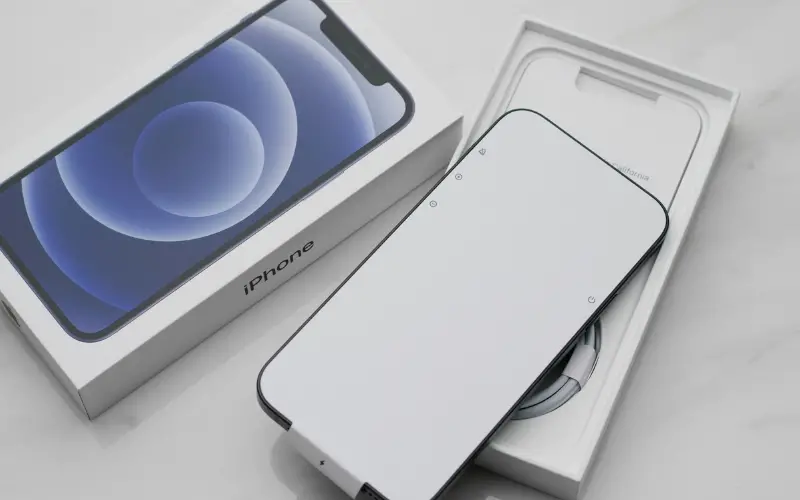Abstract
eSIM, or embedded SIM, is a digital SIM card technology integrated into devices, eliminating the need for physical SIM cards. Introduced in 2016, it allows users to switch carriers or plans digitally. eSIMs are found in modern smartphones and smartwatches, offering space efficiency and convenience. However, they face limitations like device compatibility and varying carrier support. eSIM technology is poised to transform mobile connectivity in the future.
For more details on eSIM, continue reading our full guide.
Introduction
In the ever-evolving world of telecommunications, the eSIM (embedded Subscriber Identity Module) has emerged as a groundbreaking innovation. This blog post delves into the definition of eSIM, its history, differences from traditional SIM cards, working mechanisms, benefits, limitations, and its future potential.

Defining eSIM
An eSIM is a digital version of the traditional SIM card, embedded directly into a device. Unlike the removable SIM cards, an eSIM is a reprogrammable microchip integrated into the device’s motherboard. This technology was first introduced in 2016 and has been increasingly adopted in smartphones, smartwatches, and other connected devices.
Historical Context
The idea of a software-based SIM was first discussed by the GSMA around 2010. The eSIM standard, released in 2016, marked a significant shift from physical SIM cards to a more integrated, software-based approach. The Samsung Gear S2 Classic 3G smartwatch was the first device to implement an eSIM, followed by widespread adoption in Apple’s iPhones and Watches, Google’s Pixel phones, and other devices.
eSIM vs. Traditional SIM Card
The primary difference between an eSIM and a traditional SIM card lies in their physical form. Traditional SIM cards are removable and come in various sizes (like nano-SIM), whereas eSIMs are embedded within the device. This embedded nature of eSIMs allows for more efficient use of space within devices, leading to sleeker designs and enhanced capabilities.
How eSIM Works
eSIMs operate by being programmed with the user’s subscription information, similar to traditional SIM cards. However, eSIMs can store multiple profiles, enabling users to switch between different carriers or plans without physically swapping out SIM cards. This is typically done through a simple process like scanning a QR code provided by the carrier.

Benefits of eSIM
- Space Efficiency: eSIMs occupy less physical space, allowing for thinner device designs and larger batteries.
- Convenience: Switching carriers or plans is easier with eSIMs, as it can be done digitally without needing a physical SIM swap.
- Multiple Profiles: eSIMs can store multiple carrier profiles, making it easier to manage different numbers and plans.
- Environmental Impact: eSIMs reduce the need for plastic SIM cards, contributing to environmental sustainability.
Limitations of eSIM
- Device Compatibility: eSIM technology is mainly available in newer devices, limiting its use in older models.
- Carrier Support: Not all carriers support eSIM technology, which can restrict its use in certain regions or networks.
- Data and Feature Limitations: Some eSIMs may not offer unlimited data or include features like calls and texts.
- Transfer Challenges: Moving an eSIM profile from one device to another can be more complex than transferring a physical SIM.
The Future of eSIM
The adoption of eSIM technology is expected to grow, with predictions that a significant portion of devices will operate with eSIMs in the near future. This includes a range of connected devices, from automobiles to IoT gadgets. As the technology evolves, it is poised to become a comprehensive alternative to traditional SIM cards, offering enhanced flexibility and efficiency in mobile connectivity.
Conclusion
In summary, eSIM technology marks a significant advancement in telecommunications, offering a streamlined, efficient alternative to traditional SIM cards. It stands out for its ability to enhance device design and user experience through digital carrier management and space-saving features. While facing challenges in universal adoption, eSIM’s potential in shaping the future of mobile connectivity is undeniable. If you have any questions or thoughts about eSIM technology, feel free to leave a comment below.
FAQ Of eSIM
The main disadvantages of eSIM are limited compatibility with older devices, dependency on carrier support, and potential challenges in transferring eSIM profiles between devices.
Someone might use an eSIM for its convenience in switching carriers or plans without physical SIM swaps, the ability to store multiple profiles, and for its space-saving design in devices.
An eSIM can be better than a traditional SIM card in terms of convenience, space efficiency, and environmental benefits. However, its advantages depend on individual needs and device compatibility.
To use an eSIM, you typically scan a QR code provided by your carrier or download a carrier’s app. This process programs the eSIM with your subscription details, allowing you to use the carrier’s services.
Yes, an eSIM can have a phone number. It functions like a traditional SIM card, holding your subscription details, including your phone number, for mobile services.


